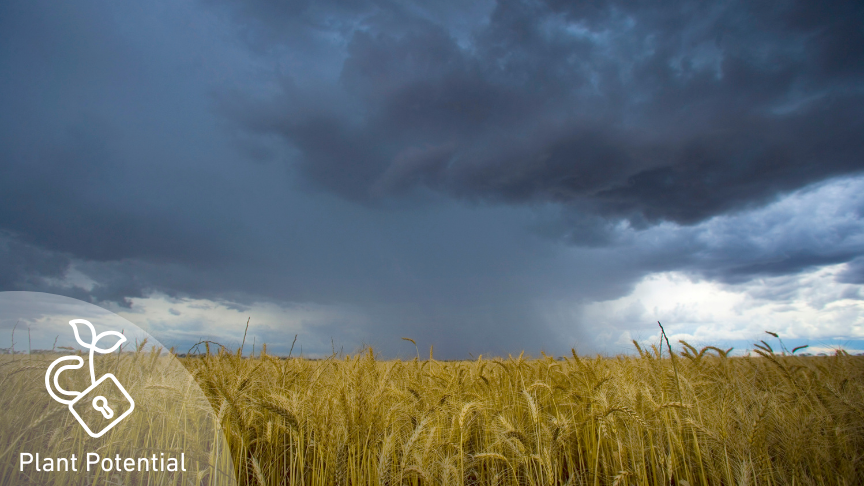
Climate change continues to pose a threat to Australia’s grain belt, presenting variable and often difficult to predict seasonal conditions. Growers can do everything right in terms of sowing date, variety choice and agronomy, but weather conditions in-season can throw off even the best laid plans. Extremes in temperature and changing rainfall patterns impact crop yield and financial returns. Timing of emergence, variety, temperature, and day length are key drivers of crop development, some of which are beyond our control. Cold and heat during critical periods can have a devastating impact on crop development, yield and quality – often occurring late in the season when significant investment in crop inputs has already been made. What more can be done to better deal with the challenges each season throws at us? How can research and development help growers tackle the challenges of heat, cold and drought to future-proof farming systems and mitigate financial risk. With costs of production loaded up-front at planting, can weather forecasting be improved, crops manipulated to respond to seasonal conditions or programmed for performance regardless of season?
Mitigating the impact of adverse weather through supplementary pollination offers farmers a strategic buffer. Weather extremes such as drought, heatwaves, or unseasonal rain can disrupt natural pollination cycles, reduce flower viability, and ultimately compromise yield. Supplementary pollination helps counteract these effects by enabling precise, timely pollen delivery even when environmental conditions are suboptimal. Use of Power Pollen Technology in new crops.
A better seasonal forecast for the South West Western Australia
This content is created by the open source Your Priorities citizen engagement platform designed by the non profit Citizens Foundation